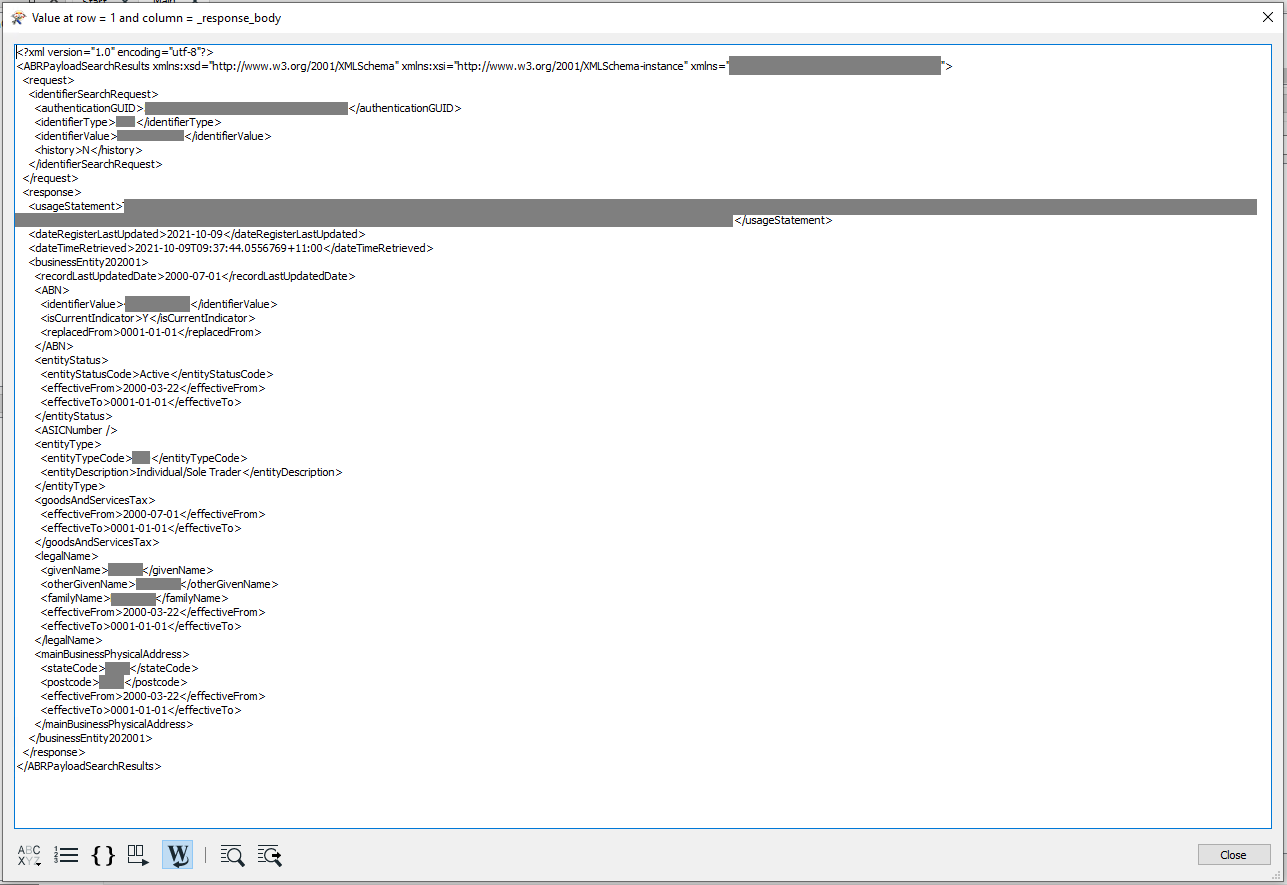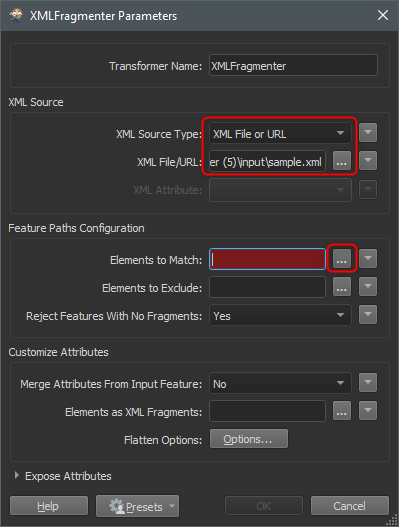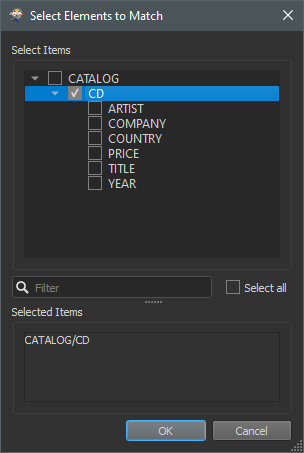Unfortunately, the source data can't be obtained as one package. Instead it can only be retrieved through individual SOAP calls. As such, the workflow obtains a dynamically generated list of relevant ID numbers retrieved through an initial GET request and then uses those ID numbers to construct the respective URLs for the individual GET requests, which obtain the data that I need (but it stores the XML retrieved through each GET request as a separate record/attribute). The workflow is for a regular batch update process using the externally sourced data to update my data.
Best answer by nielsgerrits
View original











 See attached workspace template.
See attached workspace template.